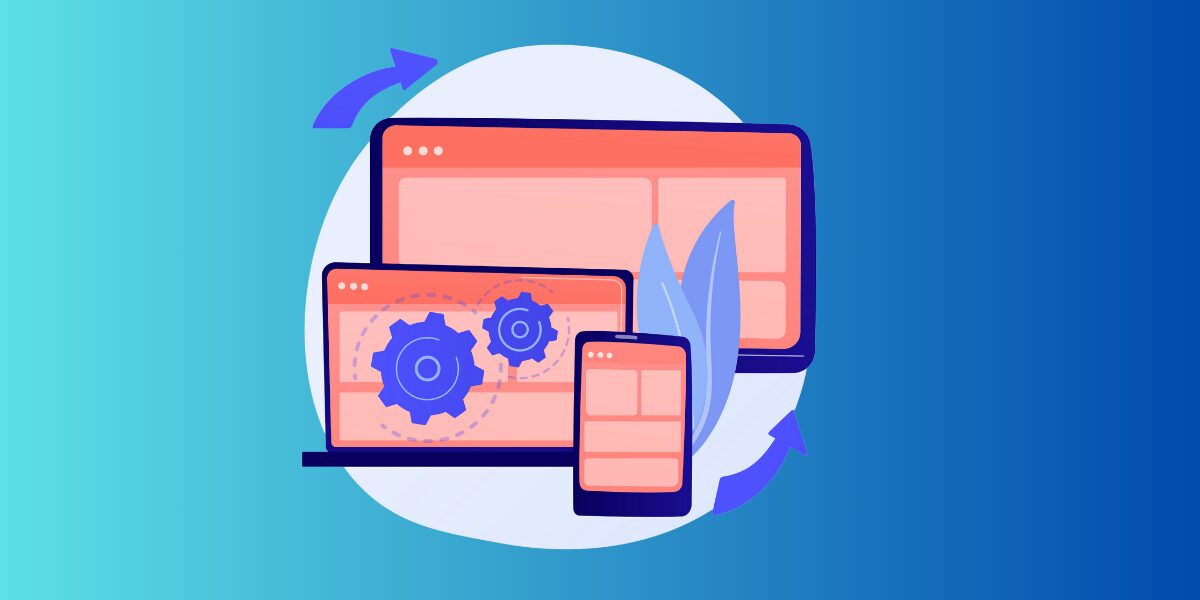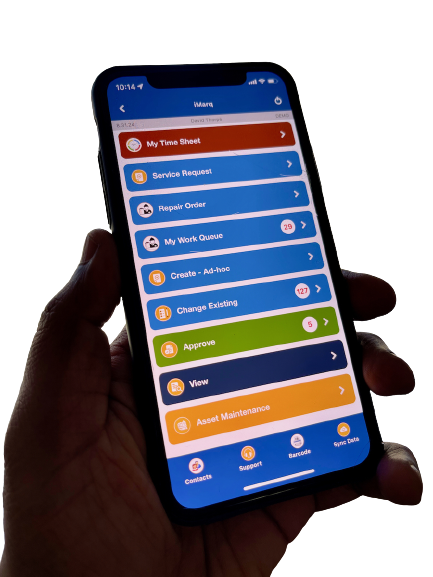Many executives and management professionals in the logistics and transportation industries are now seeing that there is a lot more they can get from their ELD and telematics systems. Developments in this kind of technology provide more than just the usual basic insights about vehicle statistics, driver compliance, and standard reporting. They allow transportation companies to protect their assets and drivers, all while improving the efficiency of operations.
Industry analysts report that the ELD market, which sat at 11.5 billion USD in 2018, is projected to experience a CAGR of 4% through 2025. With more and more money flowing into the market, next-generation capabilities like to-the-second tracking, vehicle analytics, and automated maintenance requests are becoming more and more accessible. Furthermore, combining ELD and telematics systems for fleet monitoring improves performance efficiency, reduces downtime for maintenance, and even helps keep your crew safe on the road.
With all the disruptions occurring throughout supply chains, logistics and transportation companies need to extend their ELD and telematics investments to stay ahead in this competitive industry. Uptime is critical, and companies like Connixt are offering ways to extract more from the ELD / Telematics investments businesses have made. Below are some of the major benefits that companies will reap from this new world of Actionable Telematics.

Actionable Telematics
Although ELD and telematics systems are nothing new to the industry, a number of technology innovations make it possible to do far more than their original intended purpose. The best solutions today are fully integrated into the cloud, making real-time data delivery, integration, and analysis possible. Off-the-shelf software products like Connixt iMarq™ now integrate with these systems and can reduce vehicle downtime via service recommendations, faster analysis of fault codes, and triggering action based on fault codes, location, and odometer readings. Here are just a few ground-level examples of Actionable Telematics.
1. Odometer Readings Trigger Preventative Maintenance Inspections
One of the biggest expenses within the transportation and logistics industry is vehicle downtime. When these crucial assets aren’t on the road, not only are they incurring a cost for maintenance, but your business is also missing out on additional delivery opportunities. But through the use of tools like iMarq™ and Samsara telematics, you can trigger preventative maintenance calls.
For example, say one of your trucks has recently hit over 25,000 miles. Your enhanced Samsara telematics will relay this information to Connixt iMarq which then automatically triggers a maintenance work order, with the relevant parts request. This order is updated into the back-end maintenance system and is also sent to the appropriate maintenance crew. This ensures that orders are promptly sent to avoid expensive maintenance issues through predictive and preventative measures.

2. Real-Time Work Order Updates through Fault Code Integration
One of the more challenging aspects of maintenance scheduling is minimizing downtime to address as many issues as possible. It is a waste of time and incredibly frustrating for the fleet manager when a recently serviced truck comes down with a completely separate issue like a malfunctioning air conditioning unit shortly after redeployment—ditto for work orders that need updating because a new problem occurs right before a scheduled service.
Work orders can automatically be updated through Connixt and your telematics systems whenever a new fault code is generated. These innovative systems help protect your truck drivers from potentially dangerous situations, like a brake fluid leak, by generating emergency alerts.
3. Enrich your CMMS / EAM
Your Telematics/ELD gathers far more data than your back-end maintenance system traditionally has use or place for. In practical terms, this simply means much of the data your Telematics / ELD gather is not used once the trip is complete or after specific actions are performed. For example when the maintenance tech using Connixt Marq photographs a part that needs replacement and annotates the photo with the specific reason that drives his decision, that data should become part of your record for future analysis. Data, whether text, numerical, photos, or comments, in this entire cycle from when an issue was detected by your onboard device, to how your crew responded to it and the result of actions, is valuable for future analysis, warranty claims and more. Tools like Connixt iMarq act as the vital, intelligent conduit between on-board devices, back-end systems, the maintenance crew and the compliance/safety teams in your business.
4. Enhanced Reporting and Analytics
Because these next-generation ELD, telematics, and reporting systems are so integrated within transportation and logistics fleets, they drastically improve reporting and analytics processes. Everything from reporting on parts failure to driver compliance to analyzing vehicle efficiency is made easier through these electronic systems. They allow for fine-grained, individual vehicle analysis and larger scale inspections like the overall quality of maintenance services.
It’s clear that additional investment in ELD, telematics and mobile communication systems is necessary for executives and managers in the transportation and logistics industry to stay ahead of the competition. By investing in integrated products like the Connixt iMarq™ system cutting-edge telematics, you can be sure that your fleets are performing effectively, efficiently, and safely.
To learn more about how Connixt’s Actionable Telematics can help you, contact us.





